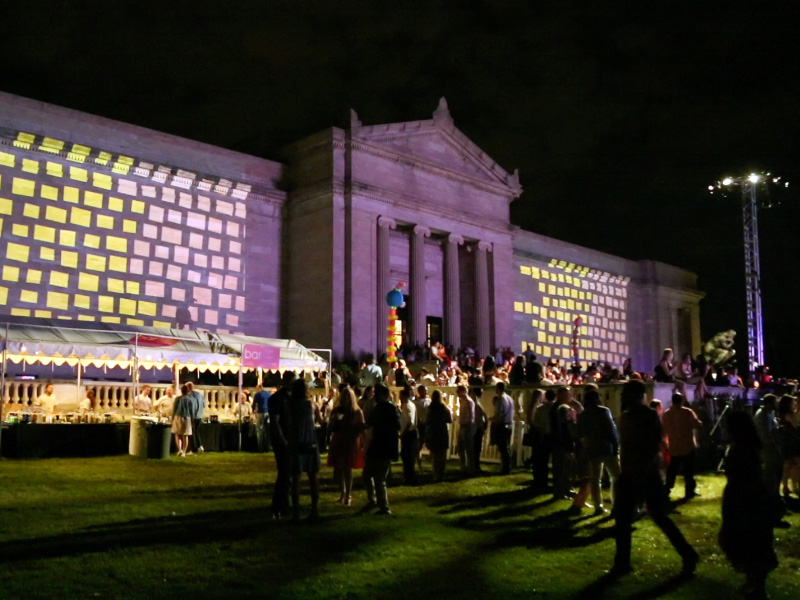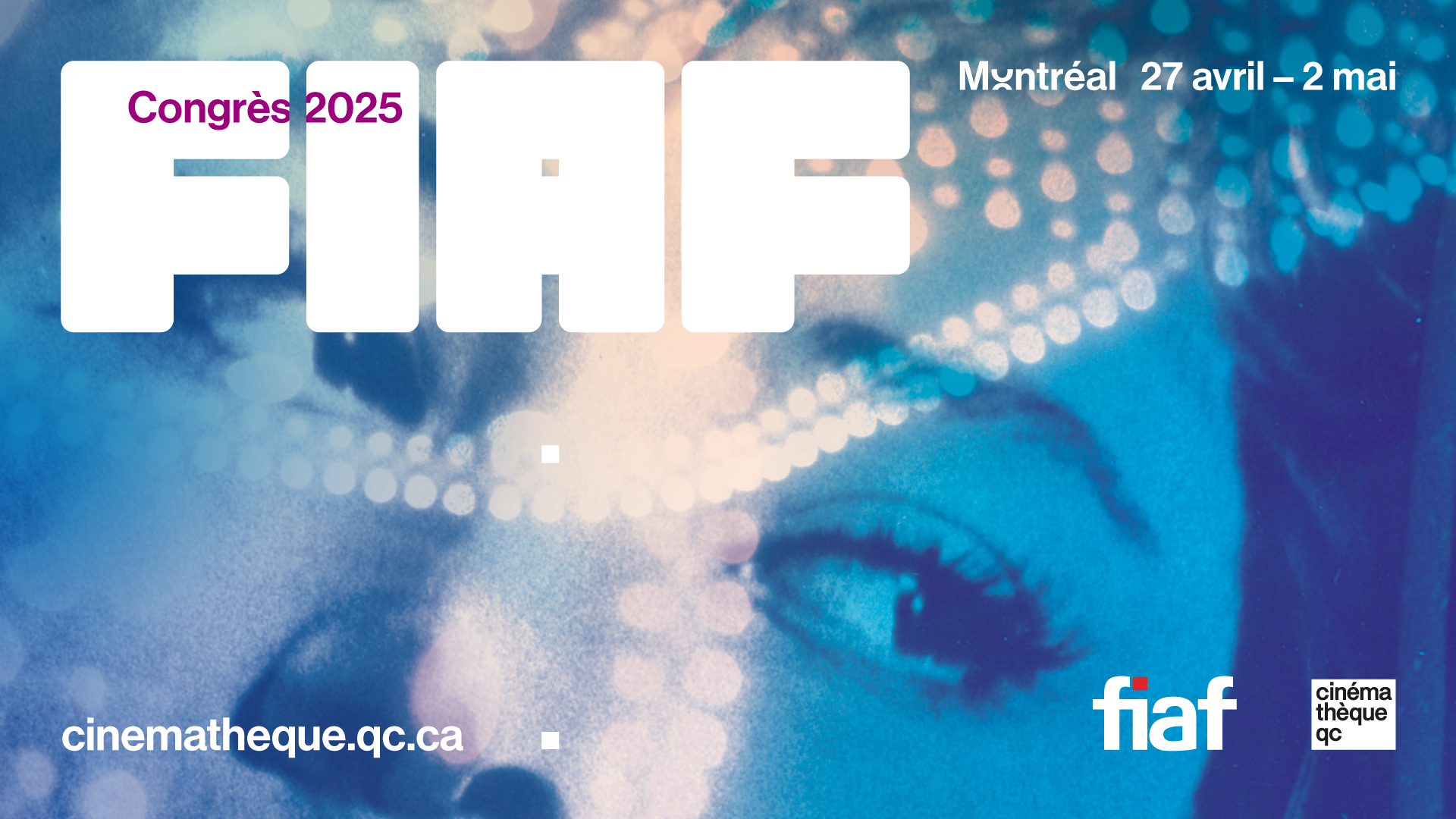CultureConnect CEO, Samantha Diamond met Katie Lee at NEW INC, the arts-tech-design incubator housed within the New Museum in NYC where Samantha is a mentor and Katie just wrapped up her experience in the Spring 2019 cohort. As part of the Museum Technology track within the incubator program, Katie sought to build a process and tools for museums of all sizes to understand their audiences using both analog and digital tools. Her company, DOME, was founded in 2014 and is an experience design studio that solves ‘unusual problems’ across disciplines. Read more about DOME and their innovative approach to audience research.
This is the second in a series interviews with the NEW INC community highlighting cutting-edge technology, innovative design and practical applications.
THE INTERVIEW
SD: Before we jump in, can you introduce yourselves and tell us a little bit about your backgrounds?
Katie Lee and Lynn Kiang, co-founders and partners of Dome. We met while working at a company in New York called Local Projects, where we designed interactive and media projects for museums and cultural institutions. Our paths ultimately merged because we’re both the kind of designers that enjoy being generalists in hopefully the best sense of the word. We went to grad school for graphic design (RISD and Yale) but followed career paths that allowed us to expand the boundaries of that discipline—going from print to web to motion graphics and video to installations and exhibits to brand strategy to mixed reality… When “experience design” came into our language, we embraced it because even though it sounds a bit pretentious, we enjoy the idea of getting into every corner of a moment.
SD: And, why did you decide to found DOME?
Autonomy. Running our own studio is our most challenging and rewarding “experience design” project.
SD: How has DOME evolved since your first year?
Since we started the studio in 2014, we’ve hosted a “Dome Summit” — just for the two of us. There is a decent amount of work that goes into it—we alternate who designs the day-long agenda, workbook and select an inspiring locale (usually a museum in the city) as our backdrop to take stock of that year’s projects, clients and each other, and re-affirm or re-write goals. Over the years we’ve shifted from taking on a lot of small projects that were each a predetermined medium (it’s a book, it’s a website, it’s a kiosk), to working on larger projects where neither the medium nor technology were a given, and we were able to create a larger vision with the client. We’ve learned that while there’s comfort in refining familiar formats, we get more excited about things we haven’t done.
One of the biggest barriers for museums to engage their visitors is they don’t know who their visitors are.
SD: Why are you interested in working with museums and cultural organizations, in particular?
Content and context. We’re drawn to working with the depth of content that comes out of cultural institutions, the wide scope of their audiences, and the challenges that come with organizations that preserve, evolve, share the stuff of the arts, design, history, civilizations—that’s exciting for us.
SD: We love that you help organizations solve “complex” and “unusual problems”. During Demo Day, we had the opportunity to see one of your product solutions for audience research at museums. Can you elaborate a bit on that presentation concept so people who couldn’t attend can get a glimpse into the solution?
One of the biggest barriers for museums to engage their visitors is they don’t know who their visitors are—this was the common answer we heard when we conducted interviews with seven museums, large and small, around the country. We wanted to address this knowledge gap in a way that was low-impact, scalable, and maybe even fun.
Our product concept is what we call “Smarter Admissions” where we create a low-impact physical way to piggyback onto the existing ticketing system to get more out of the visitor admissions and exiting process.
For our initial prototype with the San José Museum of Art, visitors were asked to self-identify by specific segments (e.g. new, return, member, patron and language preference) and then given an ID sticker at the admissions desk. Upon departure, visitors were invited to vote with their sticker on a simple survey poster that gathered feedback about their experience. This was a simple way for visitors to tell us a little bit about themselves that was voluntary and transparent.
















